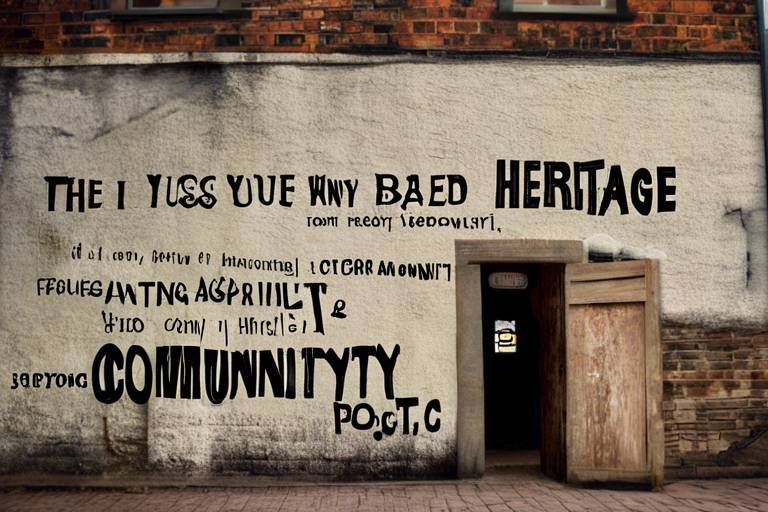The Preservation of Historical Sites in Conflict Zones
Historical sites in conflict zones face a myriad of challenges that threaten their existence and significance. These sites are often subjected to looting, destruction, and a lack of resources for preservation efforts. The very essence of their historical value is at risk due to the turmoil and unrest that surrounds them.
Despite these challenges, the preservation of cultural heritage in conflict zones is of paramount importance. It plays a crucial role in maintaining cultural identity, promoting peace, and fostering tourism and economic growth. These sites serve as a reminder of our shared history and the need to protect and cherish our cultural heritage.
International efforts and agreements have been instrumental in protecting historical sites in conflict zones. Organizations like UNESCO's World Heritage Convention and the Hague Convention have set standards and guidelines for the preservation of these sites, emphasizing the global significance of cultural heritage.
Local community involvement is key to the successful preservation of historical sites in conflict zones. By engaging and empowering local communities, a sense of ownership and pride is instilled, fostering a collective responsibility towards safeguarding these invaluable treasures.
Technological innovations have revolutionized the conservation efforts in conflict zones. Tools such as 3D scanning, drones, and satellite imaging are being used to document, monitor, and protect historical sites, providing valuable insights and data for preservation initiatives.
Examining case studies of successful preservation efforts in conflict zones offers valuable lessons and best practices for future conservation endeavors. These examples showcase the positive impact of dedicated preservation efforts and the importance of learning from past successes.
However, funding and sustainability challenges remain significant obstacles in the preservation of historical sites in conflict zones. Finding viable solutions and securing adequate funding sources are essential to ensure the long-term protection and conservation of these vulnerable sites.
The impact of armed conflict on cultural heritage cannot be understated. Deliberate destruction, looting, and the erasure of historical identity have devastating consequences, robbing future generations of their heritage and cultural legacy.
Educational programs and awareness initiatives play a crucial role in advocating for the preservation of historical sites in conflict zones. By engaging the public and raising awareness about the importance of cultural heritage, these initiatives contribute to the collective efforts towards conservation and protection.
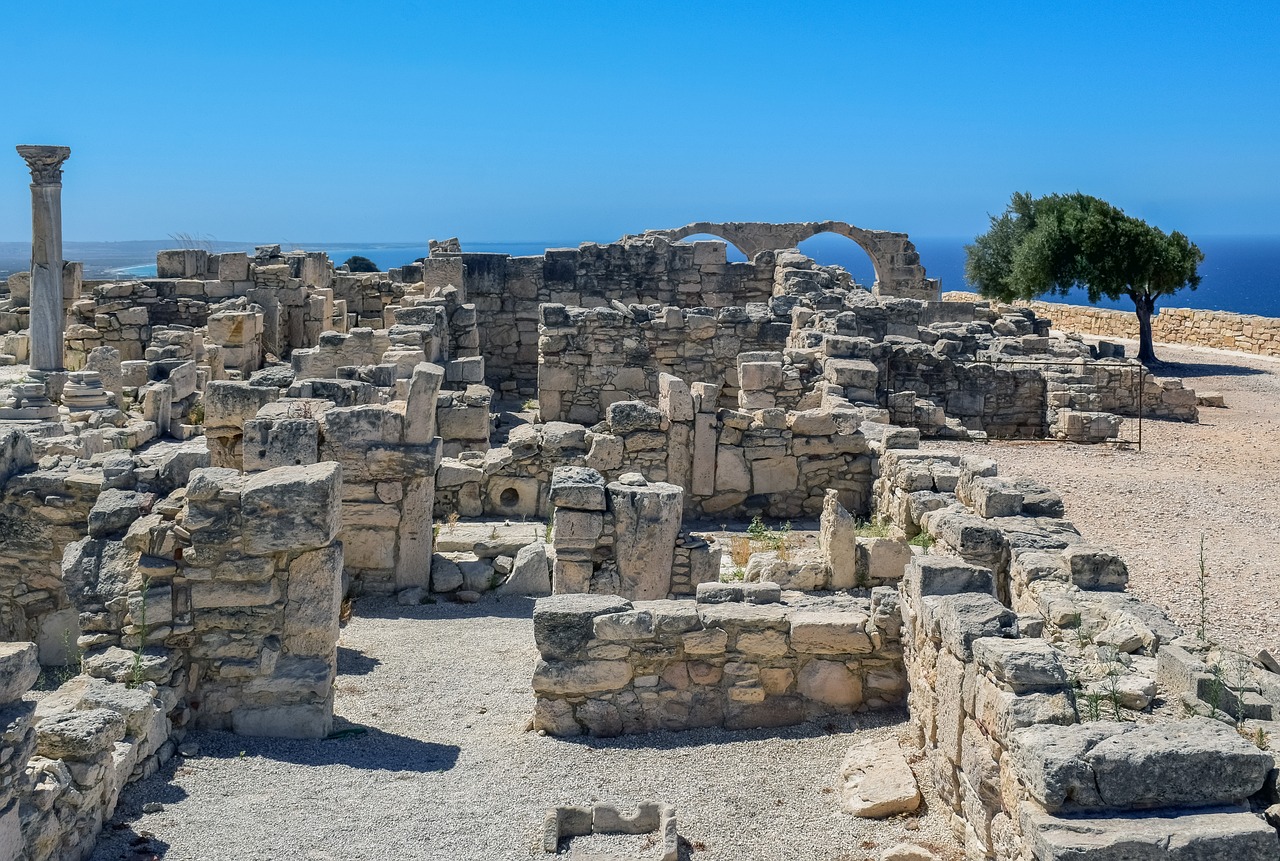
Challenges Faced by Historical Sites
Historical sites in conflict zones face a myriad of challenges that threaten their existence and significance. These sites endure the harsh realities of war, including looting, deliberate destruction, and a lack of resources for preservation efforts. The very essence of these historical treasures is at risk, caught in the crossfire of conflict and turmoil.
One of the primary challenges faced by historical sites in conflict zones is the rampant looting that occurs amidst chaos. Artifacts are stolen and sold on the black market, stripping these sites of their cultural wealth and historical context. The destruction of these sites as a result of armed conflict further exacerbates the loss of invaluable heritage, erasing centuries of history in moments of violence.
Moreover, the lack of resources and infrastructure for preservation efforts poses a significant obstacle. Preservation initiatives require funding, expertise, and stability, all of which are scarce in conflict zones where priorities are often focused on immediate humanitarian needs. Without proper support, historical sites struggle to withstand the ravages of war and time.
Additionally, the displacement of local communities due to conflict can lead to a disconnect between the people and their heritage. When communities are forced to flee, the bond between the site and its guardians weakens, leaving historical sites vulnerable to neglect and further degradation.
In the midst of chaos and destruction, historical sites stand as symbols of resilience and endurance. Their survival is a testament to the importance of cultural heritage preservation in the face of adversity. By addressing these challenges head-on, we can strive to protect these irreplaceable treasures for future generations.

Importance of Cultural Heritage Preservation
Cultural heritage preservation in conflict zones plays a crucial role in safeguarding the identity and history of a nation. These historical sites are not just relics of the past; they are living testimonies of our ancestors' achievements, struggles, and triumphs. Imagine a world where every ancient ruin, every sacred temple, and every historic monument is erased by the ravages of war. The loss would be immeasurable, akin to tearing pages from a history book, leaving future generations disconnected from their roots and heritage.
By preserving cultural heritage in conflict zones, we are not only protecting physical structures but also preserving intangible values and traditions that have been passed down through generations. These sites are the threads that weave together the fabric of a society, providing a sense of continuity and belonging. They serve as reminders of our shared humanity, transcending borders and languages to unite us in a common heritage.
Furthermore, the preservation of historical sites in conflict zones can contribute to peace-building efforts by promoting understanding, tolerance, and reconciliation. When communities come together to protect their shared heritage, they forge bonds that transcend differences and promote mutual respect. Cultural heritage acts as a bridge between conflicting parties, reminding them of their shared past and the need to preserve it for the future.
From a practical standpoint, cultural heritage preservation in conflict zones can also have significant economic benefits. These sites attract tourists, researchers, and scholars, generating revenue and creating employment opportunities for local communities. By investing in the conservation of historical sites, countries can leverage their cultural heritage as a tool for sustainable development, promoting tourism and boosting their economies.
In essence, the importance of cultural heritage preservation in conflict zones cannot be overstated. It is a testament to our past, a beacon for our future, and a symbol of our shared humanity. By safeguarding these sites, we are not only preserving history but also laying the foundation for a more peaceful, prosperous, and culturally rich world.
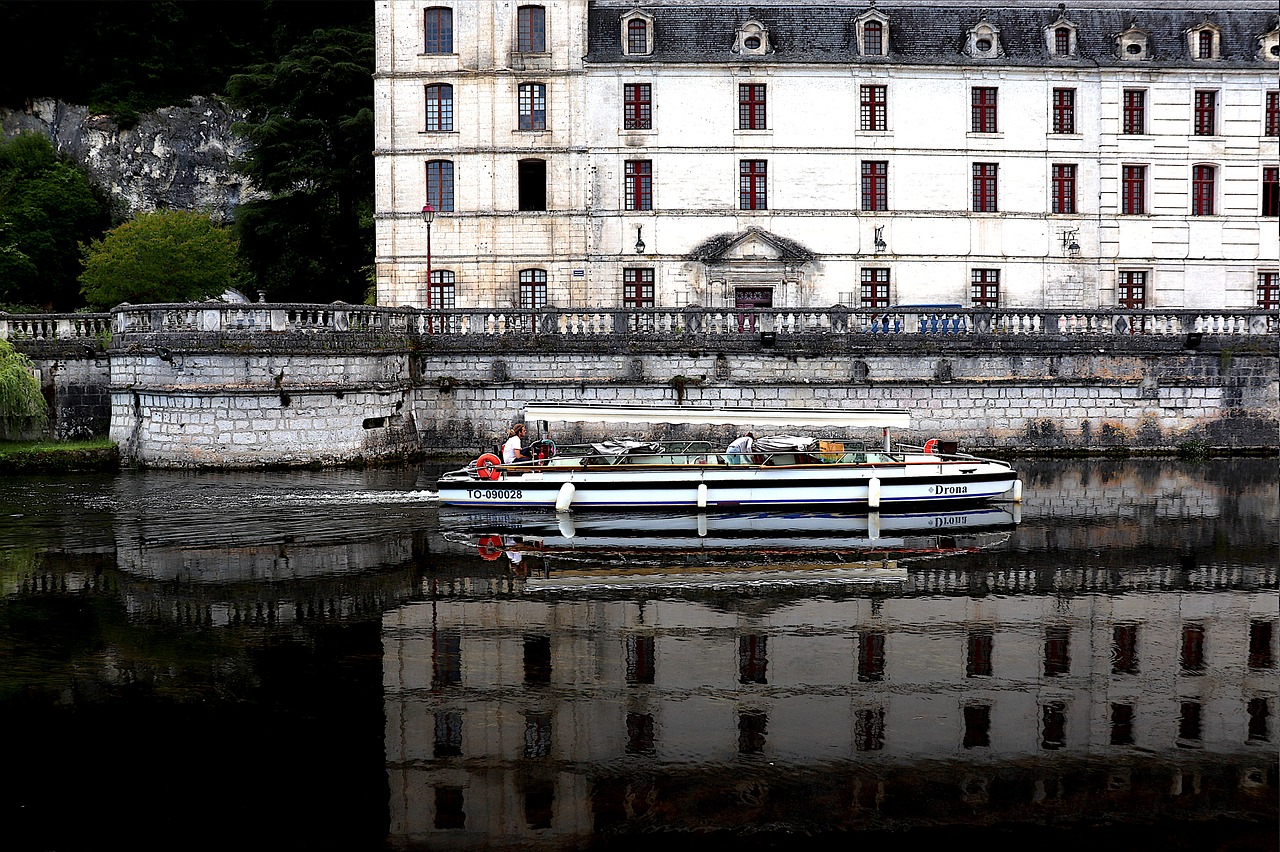
International Efforts and Agreements
When it comes to preserving historical sites in conflict zones, international efforts and agreements play a crucial role in ensuring the protection and conservation of these invaluable cultural heritage sites. Organizations such as UNESCO, through initiatives like the World Heritage Convention, work tirelessly to identify, safeguard, and promote the importance of these sites on a global scale. The Hague Convention also provides a framework for protecting cultural property during times of armed conflict, emphasizing the need for respect and preservation amidst the chaos of war.
Through these international agreements, countries come together to recognize the universal value of cultural heritage and commit to upholding certain standards and practices to safeguard historical sites in conflict zones. By establishing guidelines and protocols for conservation, these efforts aim to mitigate the destructive impact of warfare on our shared history and identity. Additionally, these agreements serve as a platform for collaboration and knowledge-sharing among nations, fostering a sense of collective responsibility towards the preservation of our cultural legacy.
Moreover, international organizations provide technical assistance and expertise to support local conservation efforts in conflict-affected areas. By leveraging resources and knowledge from around the world, these initiatives help strengthen the capacity of communities and institutions to protect and manage historical sites effectively. This collaborative approach not only enhances the resilience of these sites against threats such as looting and destruction but also promotes sustainable practices that ensure their long-term survival for future generations.
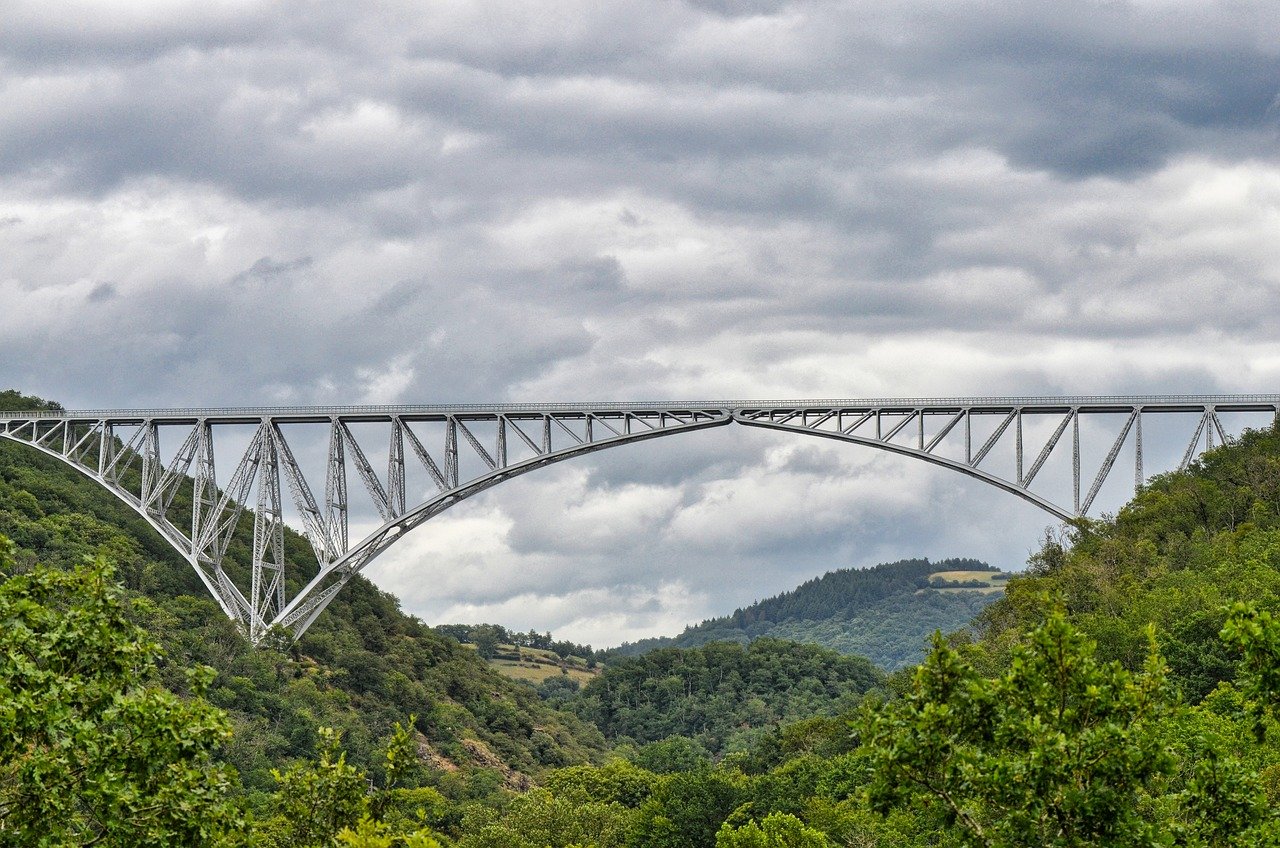
Local Community Involvement
Local community involvement plays a crucial role in the preservation of historical sites in conflict zones. By engaging with the communities living near these sites, a sense of ownership and pride is fostered, leading to increased efforts in protecting and maintaining these valuable heritage sites. Empowering local communities to take an active role in preservation not only ensures the sites' physical protection but also strengthens the social fabric and cultural identity of the area.
Through collaborative initiatives, such as community-led cleanup campaigns, educational workshops, and cultural events, the bond between the historical sites and the local residents is strengthened. This involvement not only raises awareness about the significance of these sites but also instills a sense of responsibility and stewardship among community members. By actively participating in the preservation efforts, the local communities become advocates for the protection of their shared heritage.
Furthermore, involving local communities in decision-making processes regarding the management and conservation of historical sites ensures that their voices are heard and their concerns are addressed. This participatory approach not only empowers the communities but also contributes to sustainable preservation practices that are culturally sensitive and responsive to the needs of the local population.
By recognizing the importance of local knowledge, traditions, and practices, historical sites in conflict zones can benefit from the intimate connection that communities have with their heritage. This collaborative approach not only enhances the effectiveness of preservation efforts but also fosters a sense of unity and solidarity among community members, creating a shared commitment to safeguarding their cultural legacy for future generations.

Technological Innovations in Conservation
Historical sites in conflict zones face a myriad of challenges that threaten their existence and historical significance. These sites often become targets for looting, vandalism, and destruction due to the chaos and violence of armed conflicts. Additionally, the lack of resources and funding for preservation efforts further exacerbates the risk these sites face.
Amidst these challenges, technological innovations have emerged as powerful tools in the conservation and protection of historical sites in conflict zones. One such innovation is the use of 3D scanning technology, which allows for detailed digital documentation of sites, enabling conservationists to create accurate replicas and monitor any changes over time.
Drones have also become invaluable in surveying and monitoring inaccessible or dangerous areas, providing a bird's eye view of the sites and helping to identify potential threats or damages. Furthermore, satellite imaging offers a comprehensive view of large-scale sites, aiding in the detection of looting activities and illegal excavations.
These technological advancements not only assist in the documentation and monitoring of historical sites but also play a crucial role in their protection and preservation. By leveraging the power of technology, conservationists can better understand the condition of these sites and implement proactive measures to safeguard them from harm.

Case Studies of Successful Preservation
When it comes to the preservation of historical sites in conflict zones, success stories can offer valuable insights and inspiration for ongoing conservation efforts. These case studies of successful preservation showcase the resilience and dedication of individuals and organizations committed to safeguarding our shared cultural heritage amidst adversity.
One notable example of successful preservation is the restoration of the ancient city of Palmyra in Syria. Despite suffering extensive damage at the hands of ISIS militants, concerted international efforts led to the reconstruction of key monuments and the recovery of looted artifacts. The restoration of Palmyra not only symbolizes resilience in the face of destruction but also serves as a beacon of hope for the future of cultural heritage preservation in conflict zones.
Another compelling case study is the conservation of the Old City of Dubrovnik in Croatia, which faced significant damage during the Balkan Wars of the 1990s. Through meticulous restoration work and community engagement, Dubrovnik was able to regain its status as a UNESCO World Heritage Site and a thriving cultural hub. The successful preservation of Dubrovnik demonstrates the power of local involvement and international support in safeguarding historical sites.
Furthermore, the protection of the ancient city of Timbuktu in Mali from destruction by extremist groups highlights the importance of swift action and collaboration in times of crisis. Thanks to the efforts of local authorities, international organizations, and heritage experts, Timbuktu's invaluable cultural treasures were spared from irreversible harm, underscoring the resilience of cultural heritage in the face of conflict.
These case studies not only underscore the challenges and threats faced by historical sites in conflict zones but also exemplify the transformative impact of dedicated preservation efforts. By learning from these successful preservation initiatives, we can glean valuable lessons on the importance of collective action, innovation, and perseverance in safeguarding our shared cultural legacy for future generations.

Funding and Sustainability Challenges
When it comes to preserving historical sites in conflict zones, one of the biggest hurdles faced is the challenges related to funding and sustainability. These sites often struggle to secure the necessary financial resources to support conservation efforts and ensure long-term sustainability. The ongoing conflicts and instability in these regions make it difficult to attract investments and allocate funds towards heritage preservation.
Furthermore, the limited availability of funding sources poses a significant obstacle to maintaining historical sites in conflict zones. Traditional sources of funding, such as government grants or private donations, may be scarce or inaccessible due to the prevailing conditions of conflict. This lack of financial support hampers the ability to carry out essential preservation activities and puts these invaluable sites at risk of further deterioration.
Moreover, the complex nature of sustainability challenges adds another layer of difficulty to the preservation efforts. Ensuring the long-term viability of historical sites requires not only financial resources but also strategic planning, community involvement, and ongoing maintenance. Balancing the need for immediate conservation actions with the goal of sustainable preservation poses a significant challenge for heritage conservationists operating in conflict zones.
In order to address these funding and sustainability challenges, innovative approaches and partnerships are essential. Collaborations between governmental agencies, non-profit organizations, and local communities can help pool resources and expertise towards heritage preservation. Additionally, exploring alternative funding mechanisms, such as crowdfunding campaigns or public-private partnerships, can provide new avenues for generating financial support for historical sites in conflict zones.
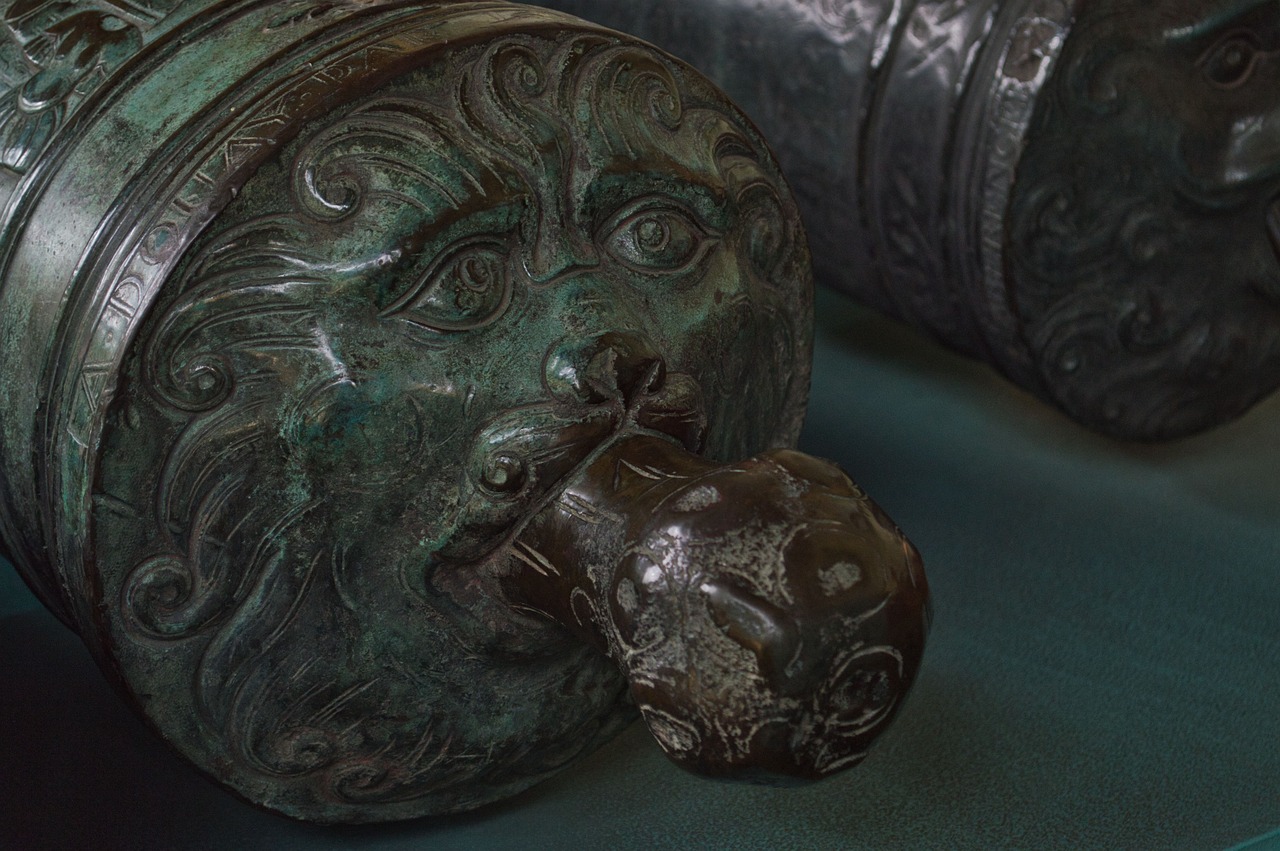
Impact of Armed Conflict on Cultural Heritage
Armed conflict has a profound and devastating impact on cultural heritage in conflict zones. The destruction of historical sites, intentional looting of artifacts, and erasure of cultural identity are just some of the tragic consequences of war. Imagine centuries-old temples reduced to rubble, priceless artifacts stolen and sold on the black market, and entire communities losing their connection to their past.
When conflict engulfs a region, historical sites become casualties of war, caught in the crossfire of violence and destruction. The indiscriminate nature of armed conflict pays no heed to the irreplaceable cultural treasures that stand in its path. The loss of these sites not only robs future generations of their heritage but also erases a part of humanity's shared history.
Moreover, the deliberate targeting of cultural heritage by warring factions as a tactic of war adds another layer of devastation. Historical sites are not only collateral damage but also strategic targets to erase the identity and memory of opposing groups. This intentional destruction goes beyond physical damage; it strikes at the heart of a community's sense of belonging and pride.
As conflicts rage on, the world witnesses the tragic transformation of vibrant cultural landscapes into desolate reminders of the cost of war. The scars left on these historical sites serve as poignant reminders of the toll armed conflict takes on our shared cultural heritage. The question remains - how can we preserve these invaluable treasures amidst the chaos and destruction of conflict?
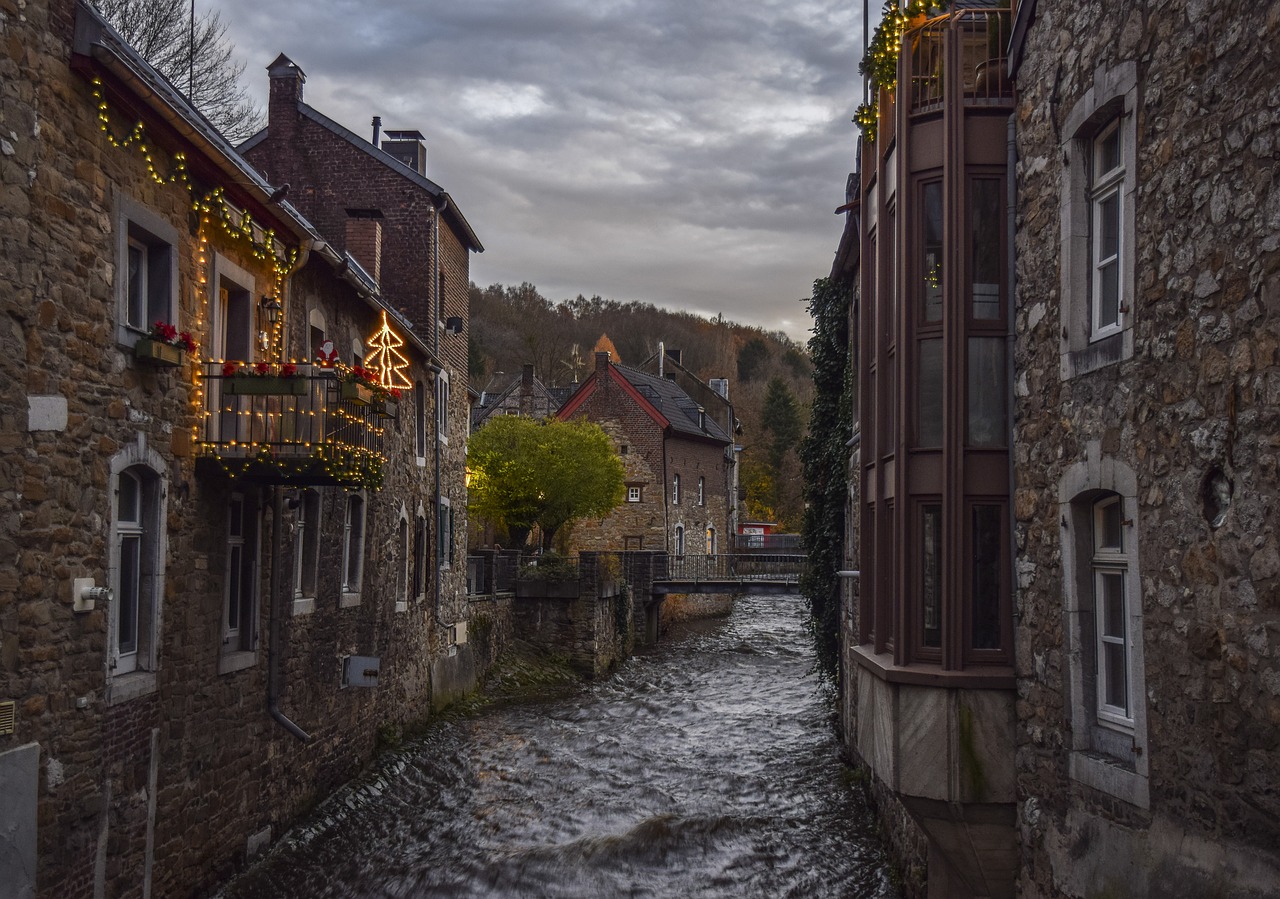
Educational and Awareness Initiatives
When it comes to safeguarding historical sites in conflict zones, educational initiatives play a crucial role in raising awareness and promoting the importance of cultural heritage preservation. By educating the public about the significance of these sites, we can instill a sense of responsibility and stewardship towards our shared history. Educational programs can range from school curriculum integration to public seminars and workshops, engaging people of all ages and backgrounds in learning about the rich cultural heritage at stake.
Furthermore, awareness campaigns serve as powerful tools in mobilizing support for conservation efforts. Through various media channels, social platforms, and community events, these campaigns aim to shed light on the challenges faced by historical sites in conflict zones and emphasize the need for collective action. By showcasing the beauty and historical value of these sites, awareness initiatives can inspire individuals to become advocates for preservation and contribute to the protection of our global heritage.
Moreover, partnerships between educational institutions, heritage organizations, and local communities can enhance the impact of these initiatives. Collaborative projects that involve students, researchers, and community members not only facilitate the exchange of knowledge and expertise but also foster a sense of belonging and pride in preserving cultural heritage. By working together towards a common goal, these partnerships create a network of support that strengthens the resilience of historical sites in the face of conflict and adversity.
Ultimately, educational and awareness initiatives serve as catalysts for change, empowering individuals to become stewards of our shared past and advocates for the preservation of historical sites in conflict zones. By educating the next generation, raising public awareness, and fostering community engagement, we can ensure that these invaluable cultural treasures continue to inspire and enrich our lives for generations to come.
Frequently Asked Questions
- What are the main challenges faced by historical sites in conflict zones?
Historical sites in conflict zones face numerous challenges, including the threat of looting, destruction due to armed conflict, and the lack of resources for preservation efforts.
- Why is it important to preserve cultural heritage in conflict zones?
Preserving cultural heritage in conflict zones is crucial for maintaining cultural identity, promoting peace, and stimulating tourism and economic growth in the region.
- How do international organizations contribute to the protection of historical sites?
International organizations like UNESCO play a vital role in safeguarding historical sites through conventions and agreements that aim to preserve and protect cultural heritage in conflict zones.
- Why is local community involvement essential in the preservation of historical sites?
Engaging local communities in preservation efforts empowers them, fosters a sense of ownership and pride, and ensures sustainable conservation practices for historical sites.
- What role do technological innovations play in the conservation of historical sites?
Technological advancements such as 3D scanning, drones, and satellite imaging are utilized to document, monitor, and protect historical sites in conflict zones, enhancing conservation efforts.
- How can funding and sustainability challenges be addressed in preserving historical sites?
Addressing financial constraints and sustainability issues requires exploring alternative funding sources, partnerships, and innovative solutions to ensure the long-term preservation of historical sites in conflict zones.








